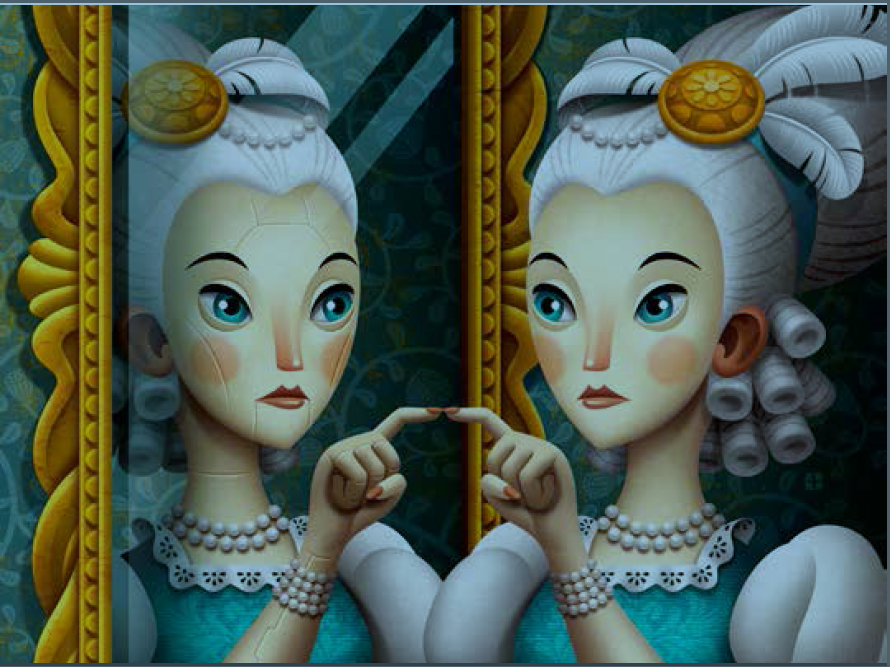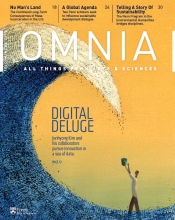Was an 18th-century automated harpsichord player the forerunner of the Terminator? They’re both mechanical humanoids and are often analyzed together, but Heidi Voskuhl, associate professor of history and sociology of science, suggests that they shouldn’t always be.
Robot-like machines may have been around as early as the first century. Between the 1770s and the 1790s, European craftsmen built exceptionally sophisticated mechanical automatons that could write, draw, or play music. Voskuhl studied two of these, a life-sized harpsichordist and a smaller dulcimer player, for her book Androids in the Enlightenment: Mechanics, Artisans, and Cultures of the Self, which won the 2014 Jacques Barzun Prize in Cultural History of the American Philosophical Society.
The automatons were created essentially to improve business: The harpsichordist was made by a clockmaker, while a furniture maker built the dulcimer player to give to King Louis XVI and Marie Antoinette. Never again did economic resources and cultural incentives coincide in a way to spawn such objects, says Voskuhl. “The craftsmanship necessary to build them—in mechanics, metalwork, and carpentry—was at its peak.”
Many scholars have argued that the automatons, made during the Enlightenment, represented a deeper debate about whether humans were mere matter, rather than both matter and spirit. Others believed they were a way to demonstrate what happened when the human body and the human soul were overcome by mechanization. Freud, for instance, used the term “uncanny” to describe how we perceive androids.
Voskuhl’s book challenges that view, arguing that the 18th-century automatons have been lumped in with later androids. “These ideas received most of their force and appeal about 50 years later, in the age of the factory,” she says. “But these automatons were not made in the age of the factory. These were preindustrial court societies and court economics. It was not an economy that was based on capitalist factory production.”
Instead, she points out that in certain parts of European society during the late 1700s, one’s ability to connect emotionally to others was seen as vital, affecting how marriage was organized, how children were raised, and how political participation was re-thought. “The role of feelings was a very deliberate, thoughtful thing. It existed in literature, in poetry, in friendships, in letter-writing, and in the sciences as well,” Voskuhl says. “[These automatons] were less robots and more a mechanical reproduction of a moment of music-making. When they play, they move not only their hands but their whole bodies, to express the sentiments of the music.” Rather than mass production, the automatons were singular works designed to perform and impress.
Real or fictional, robots act as mirrors and evoke questions about humanity. But our reactions can change, says Voskuhl. “I would not deny that we recognize ourselves in androids. But I’m not sure whether we always draw the right conclusions.”
Voskuhl says we can learn a lesson from the debates that surround mechanization. “What does this tell us about our ability to make sense of the Industrial Age if we can’t even get its roots right? And now we are living in an electronic and information age. And I don’t think we are much better at making sense of those ages, either. It tells us how keen we are to have objects that we can point to, to say, this is the root of the factory age.”




